Maximize your space by integrating perennial vegetables into your landscape. No need to harm your beautiful surroundings with a traditional garden – instead, seamlessly incorporate your food plants into your existing landscape and enjoy the benefits.
I remember when I started seeds in our first home and mixed up the labeling. I thought I was putting marigolds in there, and a few weeks later, it was radishes. I felt so silly, but actually, it worked out great. One year I made different types of lettuce with flowers.
You can use a wide variety of perennial vegetables and herbs as part of your landscape, and they can be just as beautiful as traditional landscape plants. Perennial vegetables are great because you don’t have to replant them yearly.

You plant them once, and with a small amount of ongoing maintenance, you’ll have a beautiful landscape and fresh food every year. Perennials need to be grown in good condition right from the start.
When annuals are sown in poor soil or an unfavorable spot, it may only result in a single-year setback. However, mishandling the planting of perennials means squandering a potential plant that could have flourished for countless years. Rest assured, nurturing and cultivating perennials is an investment that reaps long-lasting rewards.
Location
First, be sure you plant your perennials in a good location right from the start.
Check the required growing conditions for the variety before you plant it. Make sure you choose a spot with the proper sunlight for the plant.
Remember to consider the potential growth of any other nearby plants! If you plant something in a sunny location, it might be shady in a year or two if surrounding plants grow larger.
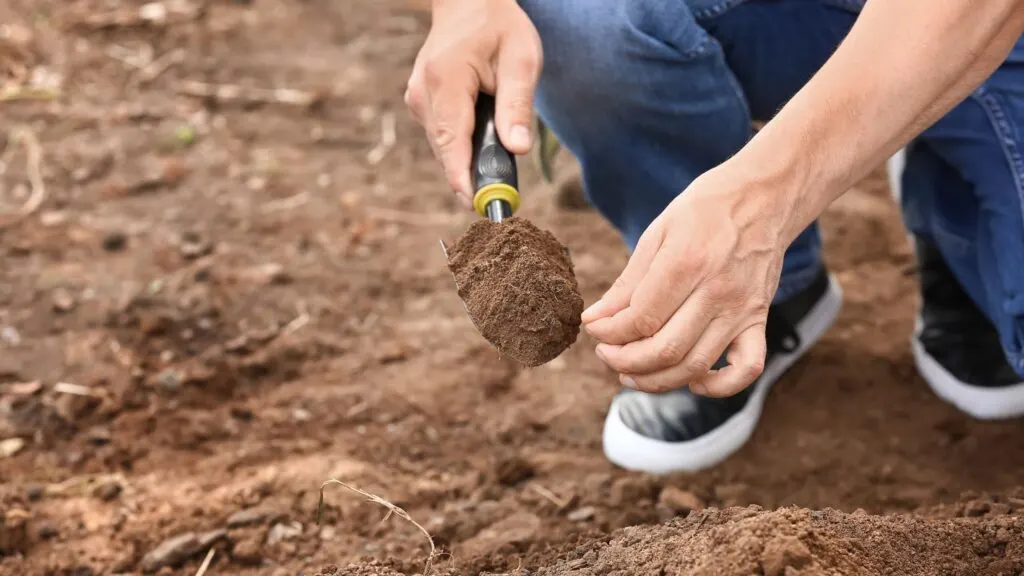
How to Prepare Soil
Preparing your soil before planting is crucial for successful gardening. It’s far simpler to modify the soil beforehand than to rectify any issues later on. Ensure the soil has the ideal pH and nutrient levels and can sustain the proper moisture levels for your plants.
Achieving the right balance is crucial, as different plant varieties thrive in different soil types. So, be confident in your preparation to create an engaging garden.
If you need to add fertilizer to your garden, try these items you already have in your home before buying anything.
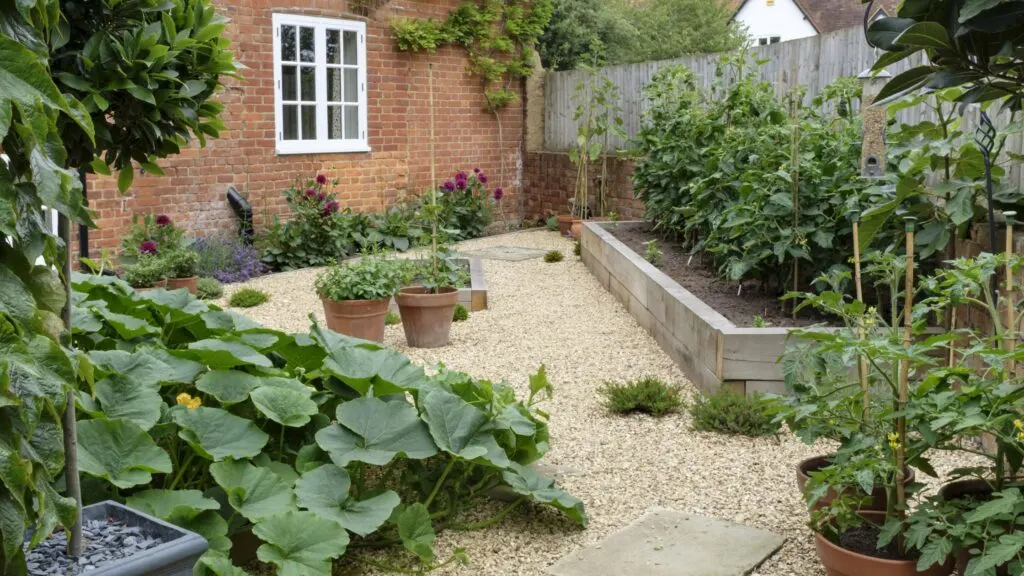
Understanding Soil Types
Soil can be classified into three main types: sandy, loamy, and clay. Sandy soil drains quickly but doesn’t hold nutrients well.
Clay soil retains water but drains poorly, and loamy soil is a balanced mix of sand, silt, and clay, known for its fertility and good water-holding capacity. Most plants grow best in loamy soil.
Soil Health and Structure
Soil health refers to the condition of the soil, including its ability to support plant growth, cycle nutrients, and maintain biodiversity.
Good soil structure is crumbly, holds together when squeezed, and allows water and air to penetrate easily.
Preparing the Soil
- Remove Debris: Start by clearing the area of rocks, weeds, and other debris.
- Test Soil pH: Soil pH affects nutrient availability. Most plants prefer slightly acidic to neutral pH levels (6.0 to 7.0). You can test this with a home testing kit.
- Add Organic Amendments: If your soil is too much of one type, add organic matter like compost or well-rotted manure to improve its texture and nutrient content.
- Tillage: Turn the soil over with a garden fork or tiller to a depth of about 12 inches to break up compacted layers. Be careful not to over-till as it can destroy soil structure.
- Sow Crops: Plant your crops according to their specific depth and spacing requirements.
- Irrigation Practices: Water your garden thoroughly after planting, then provide consistent and adequate watering throughout the growing season.
Maintaining Your Soil
Watering frequency depends on your soil type, climate, and the specific needs of your plants. Generally, it’s better to water deeply and less frequently to encourage deep root growth.
Fertilize your soil based on the needs of your specific plants and your soil test results. Over-fertilizing can harm plants and leach into groundwater.
Prevent soil erosion by planting ground cover plants, using mulch, and installing barriers if needed.
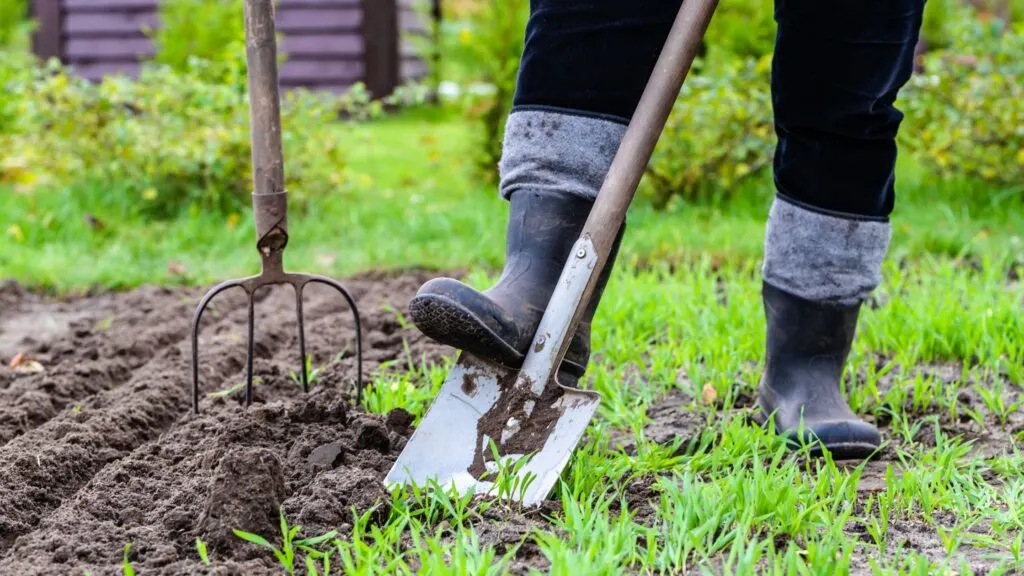
Sustainable Soil Practices
To maintain soil nutrients, consider crop rotation, where different plant families are grown in succession to balance the nutrients taken from and added to the soil. Use organic mulch to conserve moisture, suppress weeds, and add organic matter as it breaks down.
Remember, healthy soil equals healthy plants. By taking the time to prepare and care for your soil, you’re investing in the success of your garden. Happy gardening!
Zoning
Another thing to keep in mind is your zone. To ensure the success of your perennial plants, it is crucial to consider their tolerance to extreme heat and frosts. Remember, the whole purpose of planting perennials is to enjoy their return year after year.
If they don’t survive the winter, you won’t see their vibrant blooms in the spring. So, make sure you accurately determine the hardiness zone for your plants. Doing so can confidently create a stunning and thriving perennial garden.
Here is how to find your garden zone.
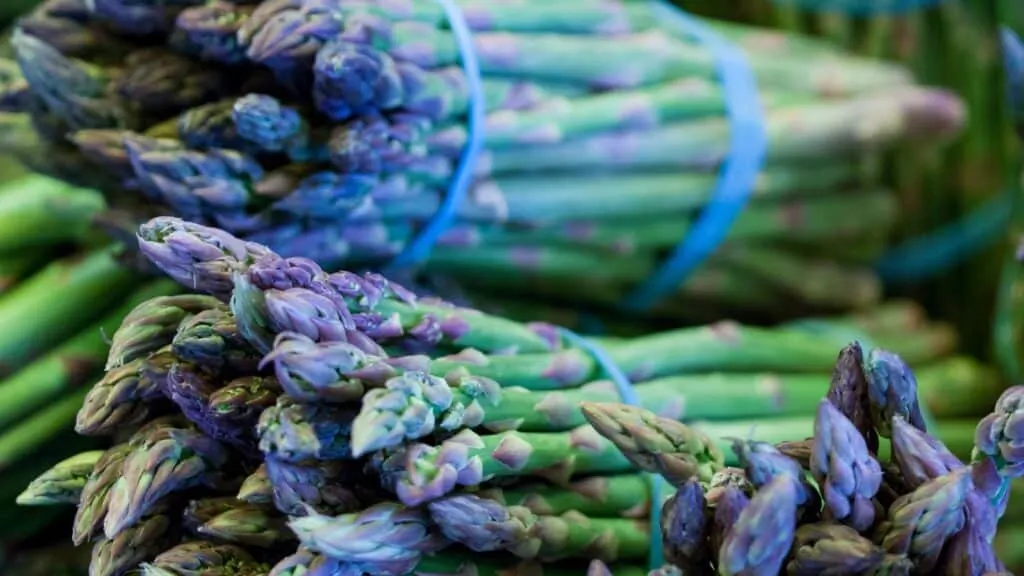
Best Varieties
Many perennial herbs are an excellent addition to any edible landscape, bringing beauty and functionality to your garden. With its stunning foliage and charming blossoms, the Mint thrives as a perennial in various zones.
But it doesn’t stop there – French tarragon, lavender, chives, Greek oregano, English thyme, garlic chives, lemon balm, and sage are wonderful choices for landscaping endeavors. Embrace the versatility and allure of these perennial herbs to elevate your garden and culinary experiences.
A lot of vegetables are attractive and can be very nice in landscapes. Perennial chard, beans, and broccoli varieties are all great for landscapes.
Asparagus, sorrel, fennel, ginger, artichokes, Jerusalem artichokes, chicory, sweet potatoes, rhubarb, and rocket are all great choices.
Incorporating edible plants into your landscaping is a fantastic way to add beauty and practicality. Fruit trees, such as cherry, apple, and plum, offer stunning blooms and a delightful array of vibrant fruits. Picture the allure of bright red cherries and golden apples enhancing your yard and bringing a burst of color and style to your landscape.
With these amazing options, you can create an engaging and eye-catching outdoor space effortlessly.
Read: The Best Vegetables to Grow For During Winter Months
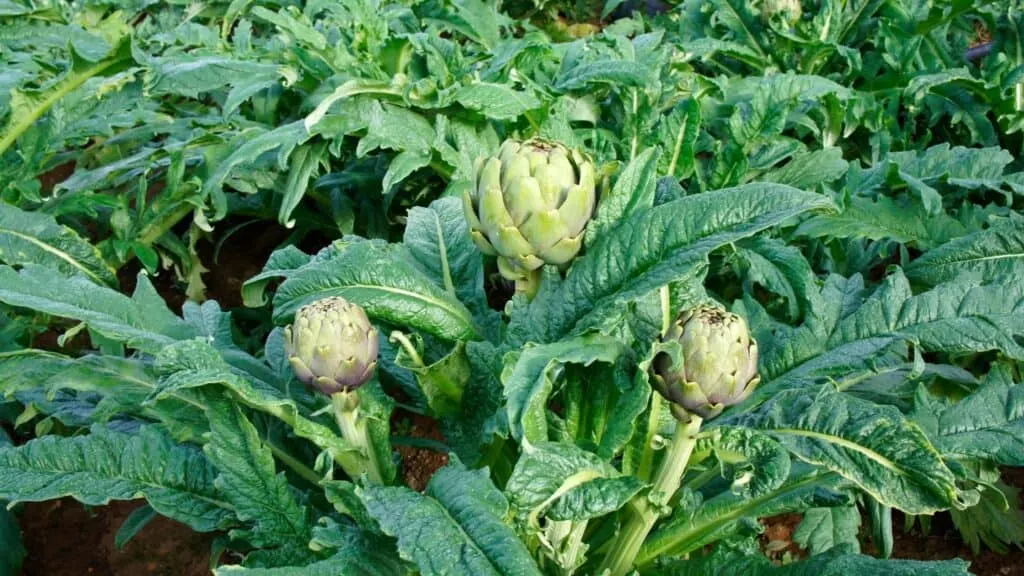
Overall, perennial vegetables can be a great asset when it comes to creating an aesthetically pleasing landscape. And you don’t have to worry about constantly replanting them each year! So, why not get creative and start looking at herbs and vegetables as potential materials for your garden?
Plant some with bright flowers to create contrast, or choose interesting flavor-packed options like rhubarb or lovage. Who knows – you may discover your new favorite landscape combination!
Whether incorporating a few key pieces or go ‘all-in’ on the veggie plot, working with perennial vegetables can be rewarding and satisfying. So get out there and start planting!
Check out these tips too!
- Free Wildflower & Organic Lettuce Seed Packets
- How to Make the Perfect Compost Pile in 3 Easy Steps
- 10 Things You Didn’t Know About Growing Raspberries
- 5 Easy Plants to Grow From Seed for Fall Harvest
- 5 Cheap Ways to Grow Seeds Indoors
- 5 Fun & Frugal Ways To Garden With Your Kids
- 19 Foolproof Ways to Get Kids to Eat Veggies
